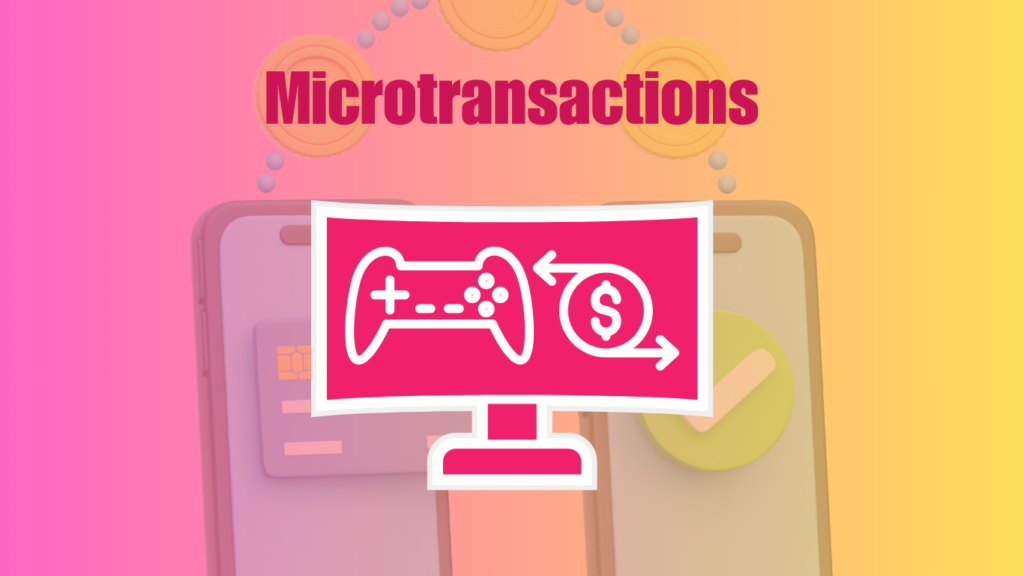Introduction to Microtransactions
Microtransactions have become a cornerstone of modern gaming and digital services, enabling developers to monetize their products beyond the initial purchase price. While they offer consumers new ways to enhance their experience, they have also sparked significant debate over fairness, accessibility, and ethical practices in the gaming industry. This article explores the evolution, types, benefits, drawbacks, and future trends of microtransactions.
The Evolution of Microtransactions
Early Beginnings
Microtransactions originated in the early 2000s as downloadable content (DLC) gained popularity. Games began offering additional content, such as extra levels or characters, for a fee. This model was a precursor to more extensive microtransaction systems, laying the groundwork for their acceptance among gamers.
The Rise of Free-to-Play Games
The advent of free-to-play (F2P) games significantly accelerated the adoption of microtransactions. Titles like “League of Legends” and “Fortnite” popularized this model, allowing players to access the core game for free while offering optional purchases for cosmetic items, upgrades, and in-game currency.
Expansion Beyond Gaming
Microtransactions are not limited to video games. They have spread to various industries, including mobile apps, online services, and even social media platforms. This trend has normalized the concept of paying small amounts for digital content and features across different sectors.
Types of Microtransactions
Cosmetic Purchases
Cosmetic items, such as skins, outfits, and emotes, are among the most common forms of microtransactions. These purchases do not affect gameplay but allow players to customize their characters or experience, making them visually appealing.
Pay-to-Win Elements
Pay-to-win microtransactions grant players significant advantages in gameplay, such as powerful weapons or boosts. These purchases can lead to an imbalanced playing field, sparking controversy and dissatisfaction among players who prefer skill-based competition.
In-Game Currency
Many games employ a dual currency system, offering both earned and purchasable in-game currency. Players can grind for currency through gameplay or expedite their progress by purchasing it, creating a tension between those who wish to invest time and those willing to spend money.
Season Passes and Battle Passes
Season and battle passes offer players access to exclusive content over a set period. Typically, these passes encourage regular play by rewarding users with unique items as they progress through tiers, providing a sense of achievement and motivation.
Benefits of Microtransactions
Enhanced Revenue for Developers
Microtransactions provide a significant revenue stream for developers, allowing them to fund ongoing development, updates, and expansions. This financial support can lead to better game quality and longevity.
Continuous Engagement
Microtransactions can keep players engaged with a game over a more extended period. By introducing new content and seasonal events, developers can maintain interest and encourage players to return regularly.
Lower Barrier to Entry
The free-to-play model allows players to experience games without an upfront investment. This accessibility can lead to larger player bases and communities, fostering social interaction and competition.
Drawbacks of Microtransactions
Player Frustration
Many players express frustration over microtransactions, particularly when they feel pressured to spend money to remain competitive. The rise of pay-to-win elements can alienate players who prefer skill-based gaming experiences.
Ethical Concerns
The ethical implications of microtransactions, particularly in relation to gambling-like mechanics, have raised red flags. Loot boxes, which offer randomized rewards for a purchase, have been compared to gambling, leading to discussions about consumer protection and regulation.
Impact on Game Design
Microtransactions can influence game design in ways that prioritize profit over player experience. Developers may focus on creating content that encourages spending rather than delivering a balanced and fulfilling gameplay experience.
The Controversy Surrounding Microtransactions
Case Studies
Numerous high-profile games have ignited debates over their microtransaction models. For instance, “Star Wars Battlefront II” faced backlash for its pay-to-win mechanics, leading to widespread outrage and even intervention from regulatory bodies.
Regulatory Responses
As concerns about microtransactions have grown, some governments have begun to explore regulations. Countries like Belgium and the Netherlands have banned loot boxes, labeling them as a form of gambling. These actions reflect a broader societal debate about the responsibilities of game developers and publishers.
Community Reactions
The gaming community’s reaction to microtransactions is often polarized. While some players embrace the opportunity to customize their experience, others feel that microtransactions exploit consumers. This division can lead to heated discussions on forums and social media platforms.
The Future of Microtransactions
Trends to Watch
As the gaming industry continues to evolve, several trends may shape the future of microtransactions:
- Increased Transparency: Developers may face pressure to be more transparent about microtransaction mechanics, including odds for loot boxes and the impact of purchases on gameplay.
- Ethical Practices: The push for ethical gaming practices could lead to a re-evaluation of pay-to-win models, with developers prioritizing player satisfaction and fairness.
- Innovative Models: New monetization strategies, such as subscription services and content bundles, may emerge, providing alternatives to traditional microtransaction systems.
The Role of Community Feedback
Developer responsiveness to community feedback will be crucial in shaping the future of microtransactions. Engaging with players and considering their concerns can foster goodwill and enhance game longevity.
Conclusion
Microtransactions have become an integral part of the gaming landscape, offering both opportunities and challenges for developers and players alike. While they provide new revenue streams and enhance player engagement, concerns about fairness, ethical implications, and the impact on game design persist. As the industry evolves, striking a balance between monetization and player experience will be essential. By embracing transparency and ethical practices, the gaming community can work towards a future where microtransactions enhance rather than detract from the gaming experience.
